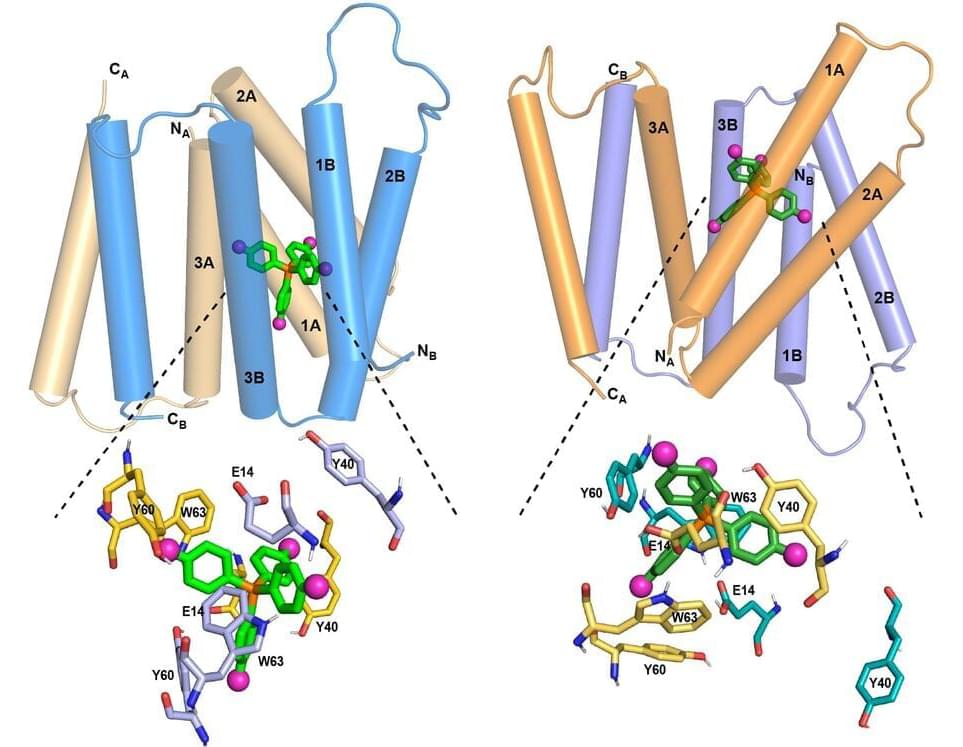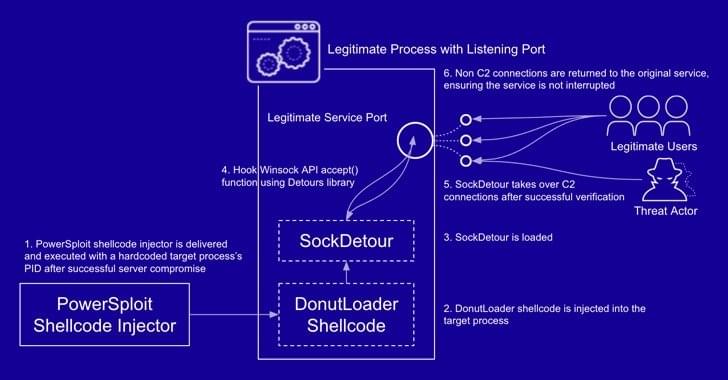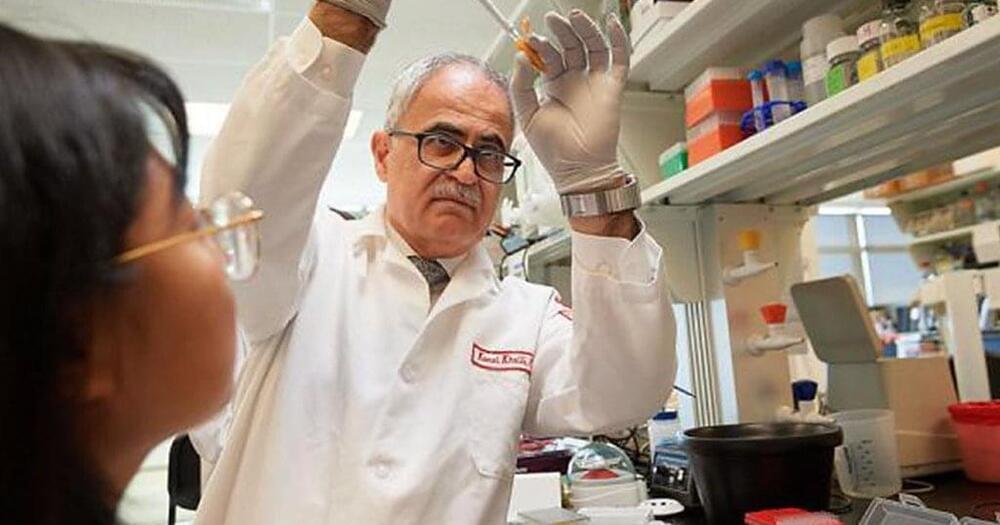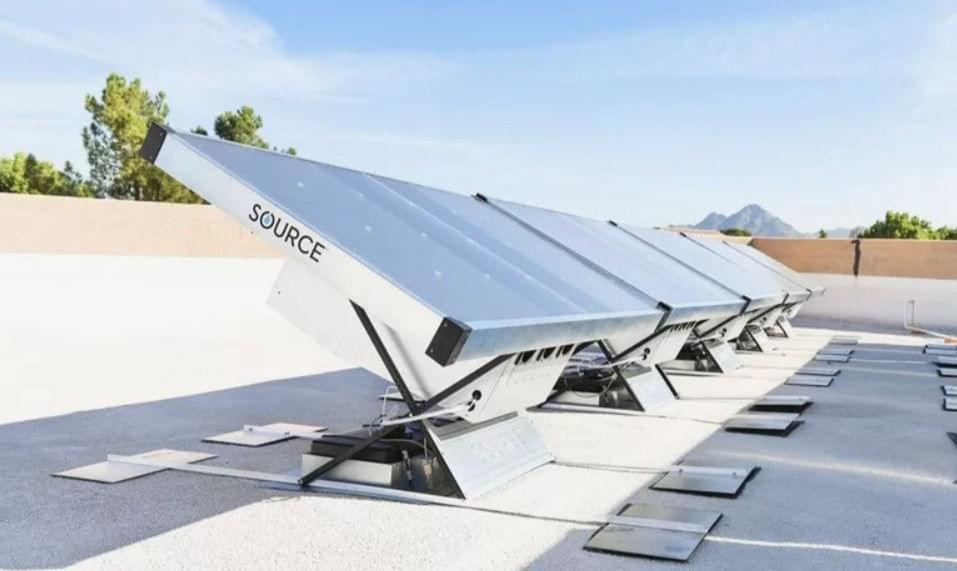Radio-Frequency Pulse Enables Association of Triatomic Molecules in Ultracold 23 Na40 K + 40 K Gas.
Three-body system is already formidable in classical physics, not to mention the quantum state three-body system. But what if scientists can synthesize triatomic molecules under quantum constraints? It could serve as an appropriate platform to study three-body potential energy surface which is important but difficult to calculate.
Recently, Prof. PAN Jianwei and Prof. ZHAO Bo from the University of Science and Technology of China (USTC), collaborating with Prof. BAI Chunli from Institute of Chemistry of the Chinese Academy of Sciences, found strong evidence for association of triatomic molecules after applying a radio-frequency (rf) pulse to an ultracold mixture of 23 Na40 K and 40 K near Feshbach resonance. The work was published in the journal Nature.






